Many small businesses operate as S corporations to avoid the complexities of C corporations and to avoid double taxation. C corporations are taxed before money is distributed to their shareholders who are taxed yet again. On the other hand, the income of S corporations flows directly to shareholders who pay for taxes on their personal returns. There is sometimes a day, however, when an organization outgrows its S corp status, and the company would like to revoke it in favor of operating as a C corp. It’s not particularly difficult, but you must follow proscribed IRS structures and understand the implications of timing.
Reasons to Revoke S Corporation Status
The S corporation is a good structure for many small businesses, but there are a variety of reasons that at some point it makes sense to revoke that status in favor of a C corporation. Here are just some of the most common:
Changing Tax Law
The Tax Cuts and Jobs Act of 2017, P.L. 115-97 significantly lowered the corporate tax rate. Depending on circumstances, that may make it advantageous for some companies to revoke S corporation status and operate as C corporations despite double taxation.
100 Shareholder Limit
S corporations have a 100-shareholder limit. If a company exceeds that, they have no choice but to revoke S corporation status.
Shareholder Restrictions
Anyone can own stock in a C corporation, but ownership of S corporation stock is somewhat limited. For example, you must be a US citizen or resident alien. Also, LLCs and corporations may not hold shares in S corporations.
Desire for Outside Investment
It is significantly easier for a C corporation to attract investors and bank financing than an S corporation. One of the reasons is that shareholders of C corporations can freely buy and sell shares that give them ownership rights. Venture capitalists are not able to invest in S corporations at all due to tax law and their own governing documents. It’s also impossible for a company that plans an IPO to operate as an S corp due to the 100-shareholder limit.
Increased Liability and Risk Protection
A C corp is a separate entity from the shareholders, and those seeking to enforce debts or other obligations are limited to seeking them from the C corporation itself and not individual shareholders or officers. (Of course, there are exceptions such as when the corporate veil is pierced.) Therefore, a shareholder will never lose more than the amount they invested in the corporation.
Corporate Funds without Paying Personal Taxes
If the company wants to hold onto some of its profits and use them in the future to invest in R&D or for some other reason, shareholders of an S corp would still be taxed on this money even though they never saw it. In the case of a C corp, shareholders are only taxed on the dividends distributed to them.
Limited Management Participation by Shareholders
The management rights of C corp shareholders are limited to electing directors and voting on certain major decisions concerning the structure of the organization such as a merger. Shareholders do not have any say in the day to day management.

Become a Certified Tax Planner! Fully immersive year-round training and guidance on how to implement sophisticated tax planning strategies. Drastically reduce your clients’ taxes and earn premium fees!
How to Revoke an S Corp
Take a shareholder vote
Over half the shareholders must agree to revocation for it to proceed. All state laws and bylaws must be observed such as giving shareholders appropriate notice of the vote.
Send a Letter to the IRS
Send a letter signed by all shareholders who voted for revocation to the IRS where you file your annual tax return. It must also be signed by the person who signed the tax return. There is no form, but the IRS outlines what the revocation letter should state:
- The corporation revokes the election made under 26 USC 1362 (a)
- Names of the shareholders
- Their addresses
- Taxpayer identification numbers of the shareholders
- The number of shares of stock owned by each shareholder
- Dates on which the stock was acquired
- The date on which each shareholder’s taxable year ends
- The name of the S corporation
- The S corporation’s EIN
- The election which the shareholders revoke
- The statement must be signed by the shareholder(s) under penalties of perjury
- Signature and consent of shareholder(s) who collectively own more than 50% of the number of issued and outstanding stock of the corporation, (whether voting or non-voting)
When an S Corporation Revocation Goes into Effect
If you want the revocation to go into effect on the first day of the tax year, the revocation letter is due by the 16th day of the third month of the tax year. If the effective date of the revocation is to be any day other than the first day of the tax year, the IRS must receive the revocation letter before that date. Here are the examples from the IRS website:
- “For example, the S corporation is on a December 31 tax year ending and requests a revocation effective Jan. 1st, the revocation is due March 15th.
- “The S corporation is on a December 31 tax year ending and requests a revocation effective Feb. 14th, the revocation is due Feb. 14th.”
Whether You Can Retroactively Revoke an S Corporation Election
Should you be late filing for an S corporation election, it may be possible to qualify for late election relief for reasonable cause. However, should you desire to revoke S corporation status and miss the date as described above, the IRS says, “there is currently no provision which allows such action.”
The only way that an S corporation can be revoked outside the time limitations described in the last section, is if you previously committed some action that compelled revocation of the S corporation. You may not choose when it is revoked, because the inadvertent action itself causes revocation. If you would like to revoke S corporation status retroactively (which is impossible to do through a filing), your only real hope is to look back to see if an action was previously taken that would result in revocation. Actions that are not permitted S corporations and therefore may result in revocation include the following:
- There are more than 100 stockholders.
- Stock is held by a person who is not a US citizen or resident alien. (Estates and certain types of tax-exempt entities and trusts may hold shares however.)
- An LLC or corporation holds shares.
- The S corporation has more than one class of stock.
- The S corporation does not use an approved tax year.
- The S corporation derives over 25% of its income from passive sources for three consecutive years. Passive income is from income such as investment income, which is not generated by the corporation’s activity.





